At this point, the digital marketing landscape has been disrupted so much that what was effective just a few years ago is now old hat. Posting content to social media was once all you needed to grow a following. Today, customer interactions come at a premium. If you aren’t wowing your customers with personalized content or starting a real conversation with them, you’re falling behind the curve. While some businesses are on the cusp of the latest marketing trends, many others are still playing catch-up to what was hot a few years ago. If you still feel like your head is spinning from 2020, 2021 promises to be even more promising in Digital Marketing. And it isn’t just new technologies that are changing the game.
Omnichannel Marketing:
Omnichannel is a term that gets thrown around a lot. But it’s not just a buzzword. The best way to understand omnichannel is to compare it to the term “multichannel.”
In a multichannel marketing strategy, you set up various marketing touchpoints that reinforce each other to ease a customer through their buying journey. For example, you may use social media as a channel to attract visitors to your website and email as a channel to nurture leads.
Omnichannel is similar. But it’s more universal.
In simple terms integrating - Podcasts, Smartphone Apps, Live Broadcasts, Live chat, SMS, PR and press releases, Offline ads, Direct mail, Offline events, Chatbots and virtual assistants, in your digital marketing strategy is Omnichannel Marketing.
Artificial Intelligence:
Artificial Intelligence (AI) is considered the cutting edge of technology by many. But in a few years, it may be as standard as smartphones are today.
AI has numerous potential applications in marketing. But in 2019, you’ll mostly see AI deployed for content marketing, customer service, and advertising. Before you start worrying, know that AI isn’t currently positioned to make every content marketer’s job obsolete. AI is mostly used today to identify trends, drum up data, and do competitor research.
Chatbots:
Chatbots are showing up everywhere, from business websites to mobile apps and social media newsfeeds. They can serve a variety of purposes, but most often they are used to answer simple questions or help a user accomplish a simple task. Modern marketers are using this piece of technology to stay in touch with the customers 24x7, which is directly related to better customer experience.
Programmatic Advertising:
Managing ads is a full-time job. But with so many new channels to reach customers through, not even a full-time advertising team has enough hours in the day to keep up. That’s why more and more companies are trying to let AI take it over.
Programmatic advertising is a process that uses AI to buy and place advertisements based on targeting algorithms. If this sounds familiar, it’s because it’s already widely used. By 2020, over 86% of all digital display ads will be purchased through automated channels.
However, programmatic advertising extends beyond cyberspace. It can also be used to buy and sell different kinds of media, from display advertisements to out-of-home ads.
Personalization:
If you’ve ever created a buyer persona, you’re already familiar with personalization. 90% of the U.S. population found personalized marketing content very or somewhat appealing in 2017, with only 4% saying it was not very or not at all appealing. According to Forbes, 44% of consumers say they are likely to buy from a company again after a personalized shopping experience.
Video Marketing:
Video marketing has been an important tactic for big brands for years. But video is changing. By 2020, video will make up more than 85% of all consumer internet traffic in the U.S. Most of the videos people will be watching won’t be uploaded by brands or businesses – they’ll be uploaded by individuals.
One of the biggest hang-ups many businesses have with video marketing is the production aspect. They want their videos to look professional – like they were produced by Hollywood directors.
But anyone can harness the benefits of video by using simple recording tools. Most people aren’t looking for dazzling special effects on YouTube. They just want good content that’s entertaining, informative, and story-driven.
Next-Generation SEO:
Create pages with the user in mind & not the search engine, Prioritize an easy user experience, Integrate different types of media into each page, Implement a white hat backlinking strategy, Optimize every page for load speed, Use schema markup, Use a sitemap, Focus on video.



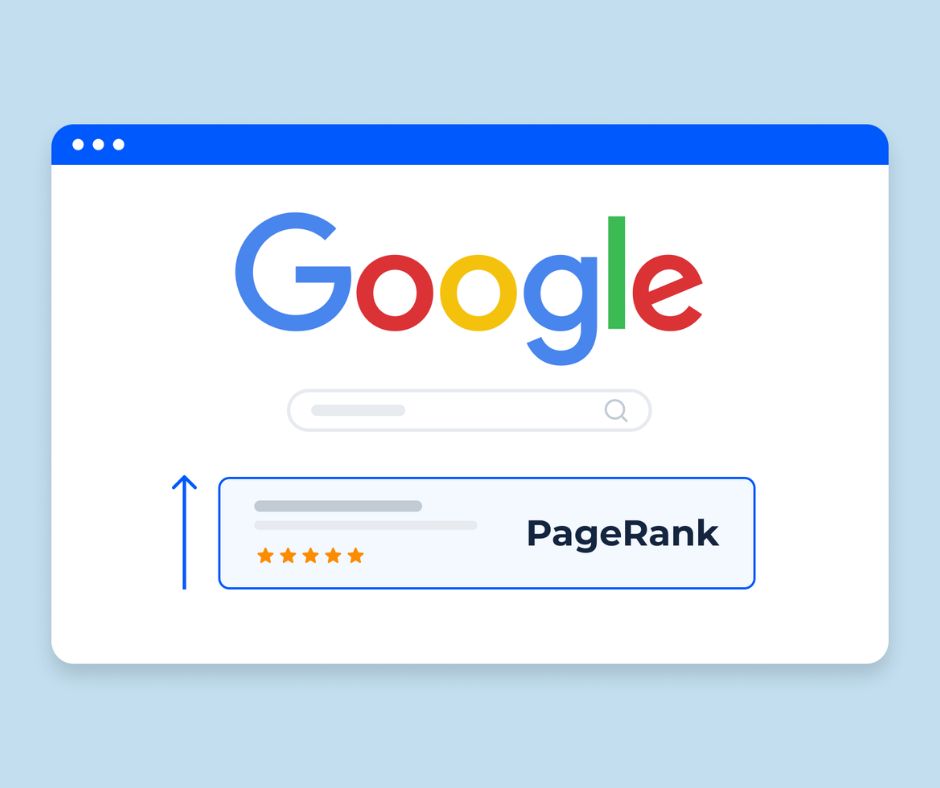

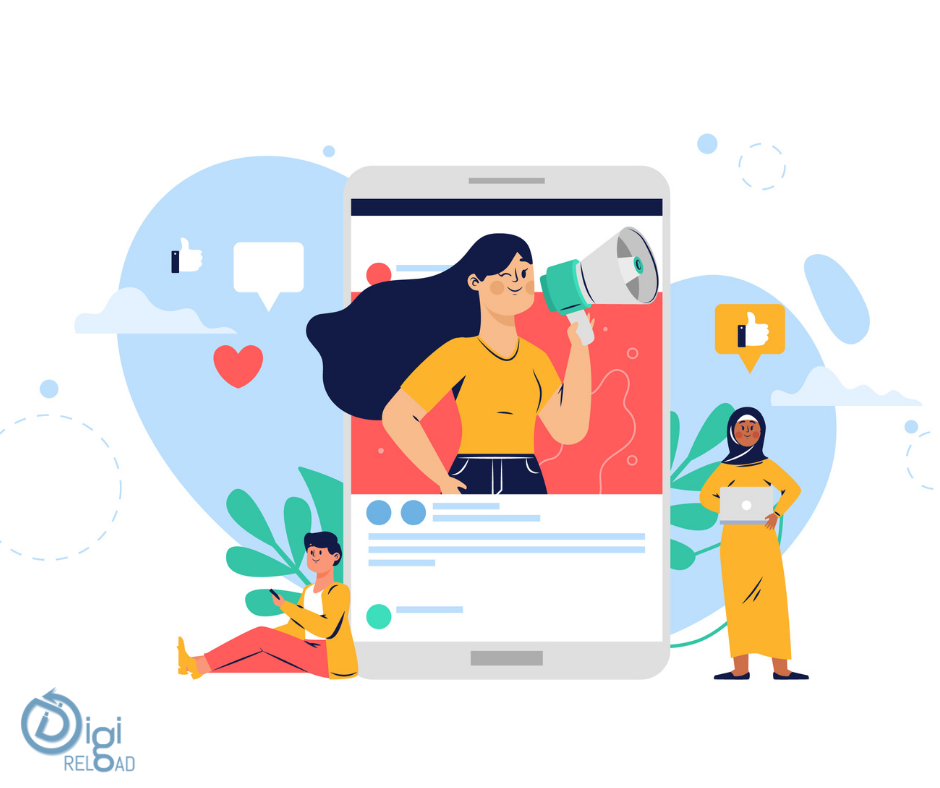

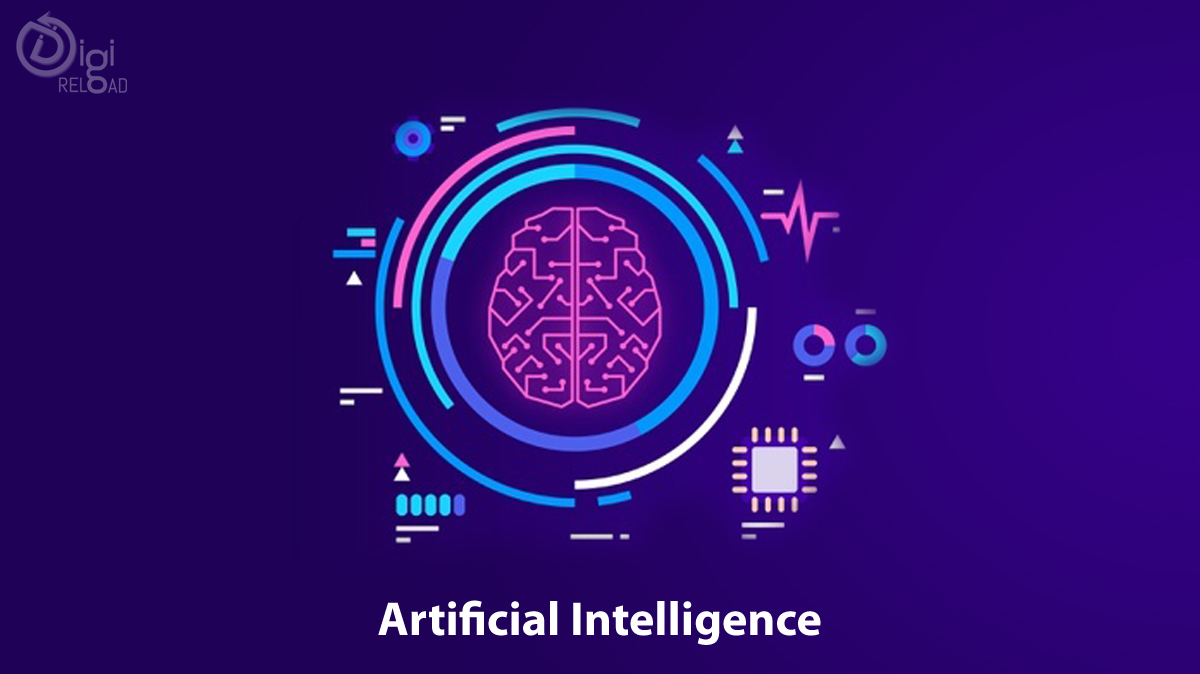

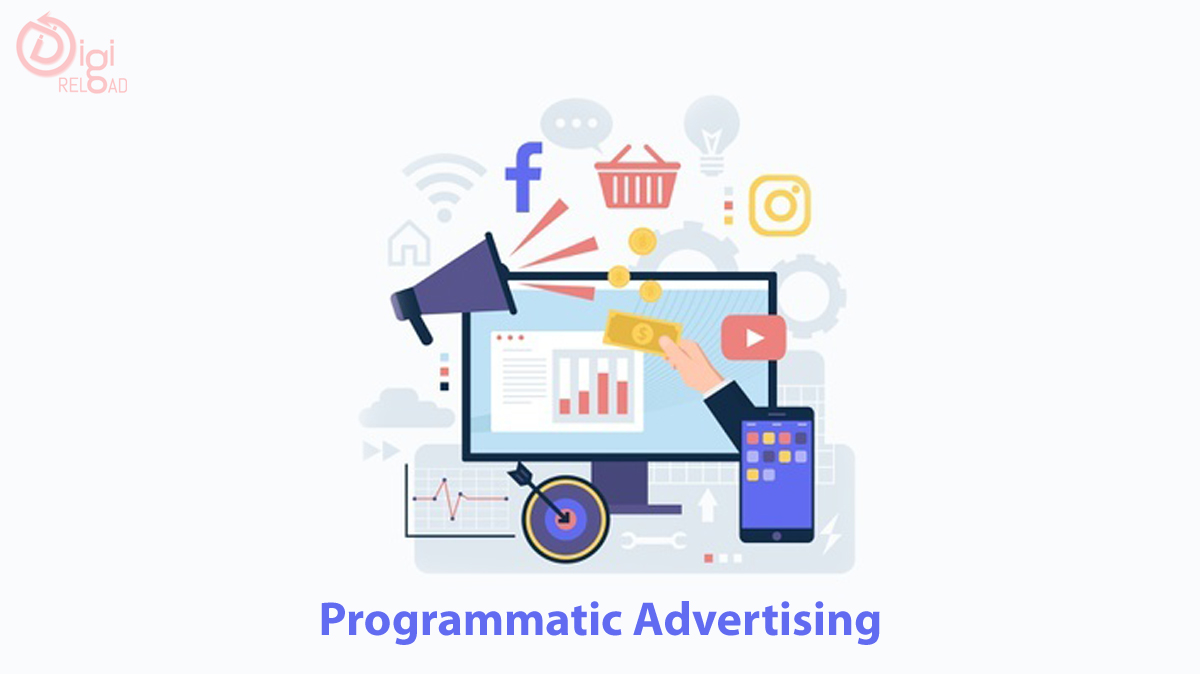
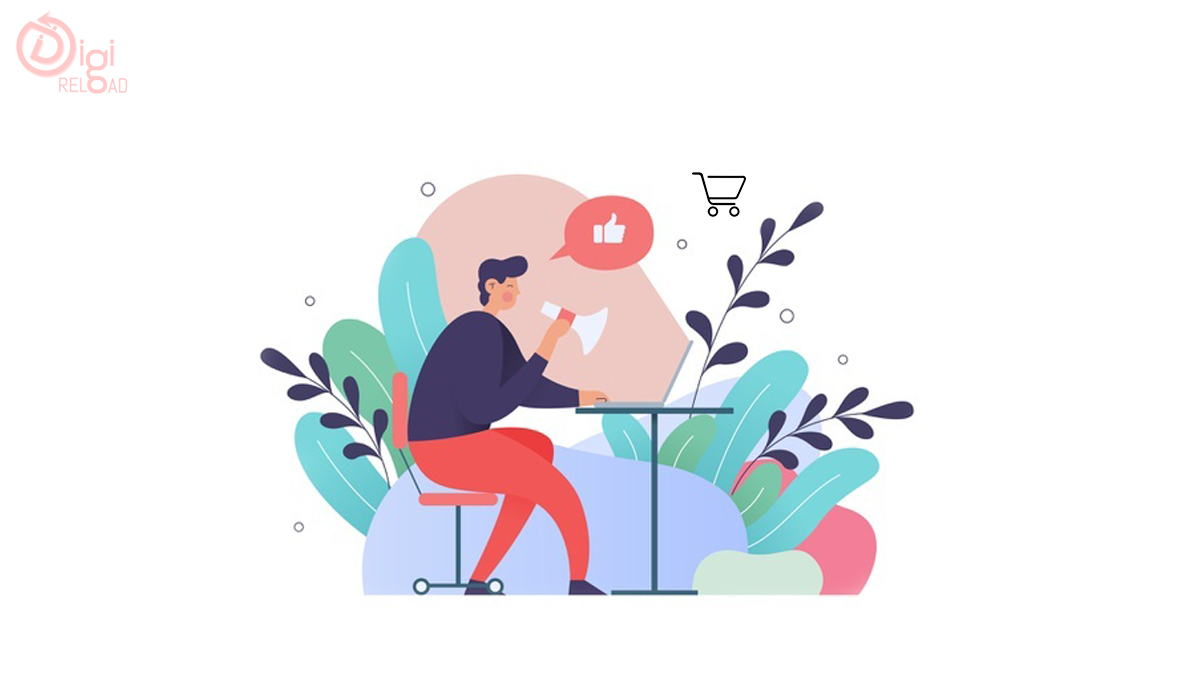

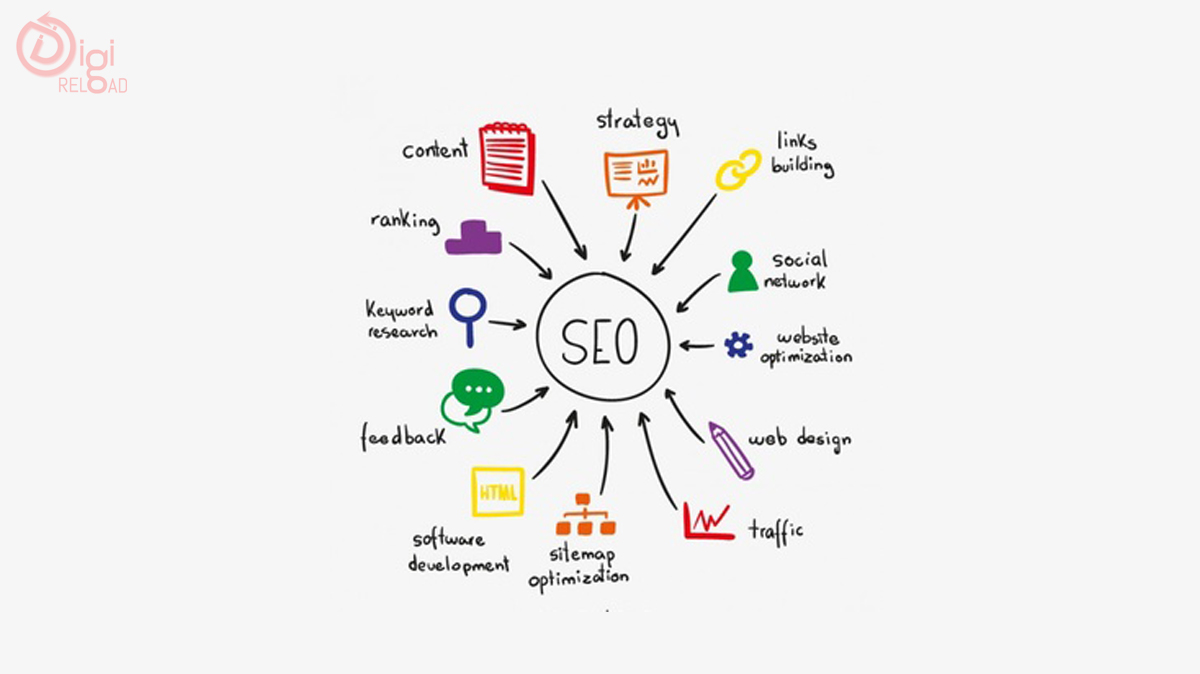
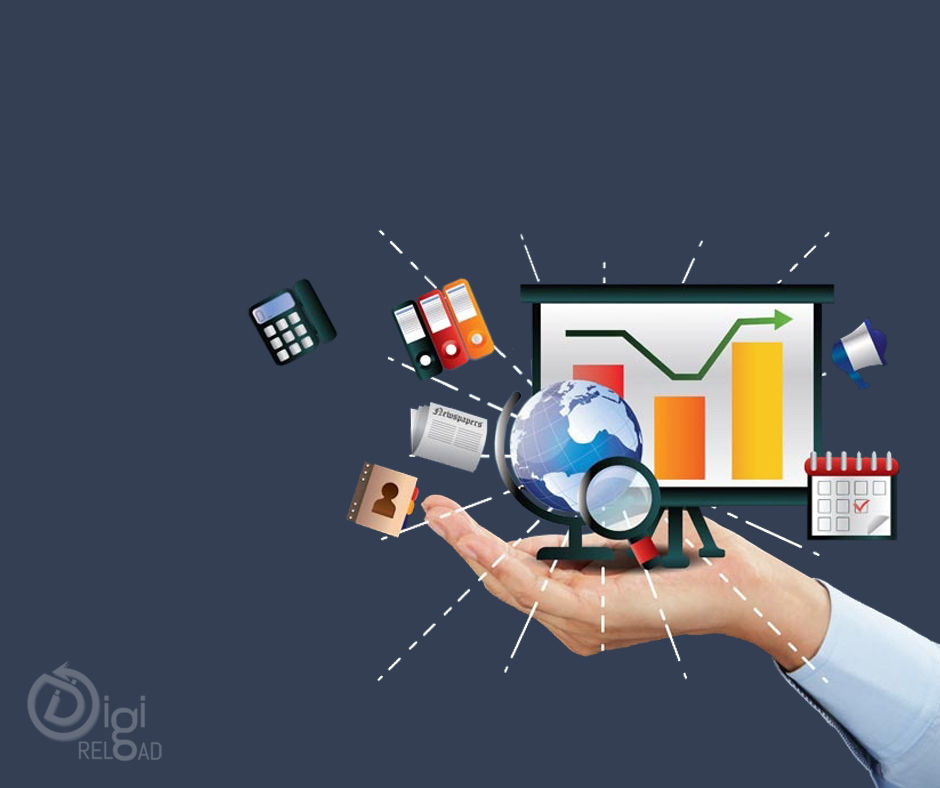
.png)
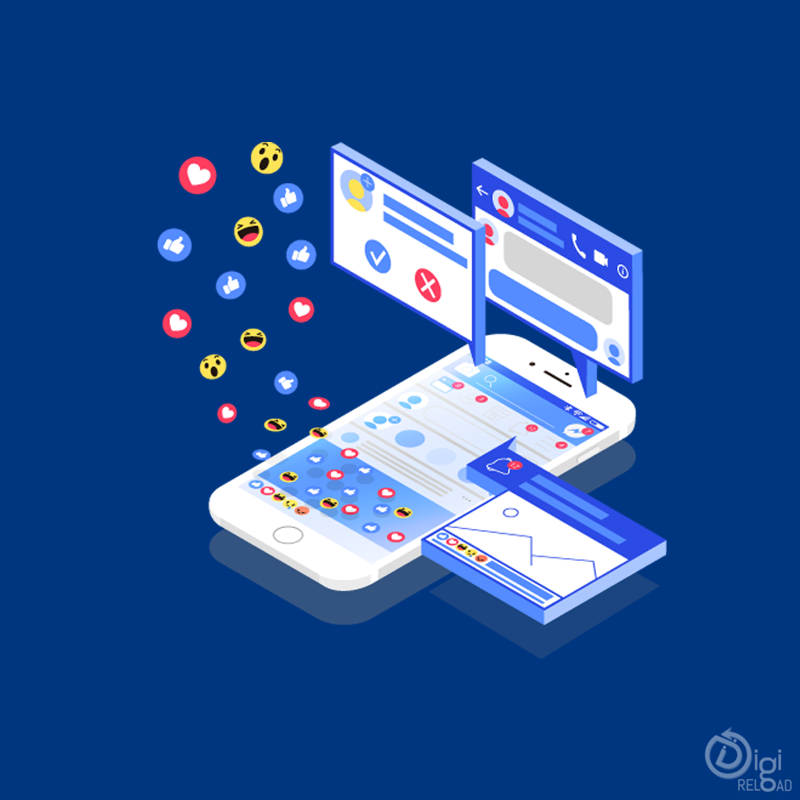
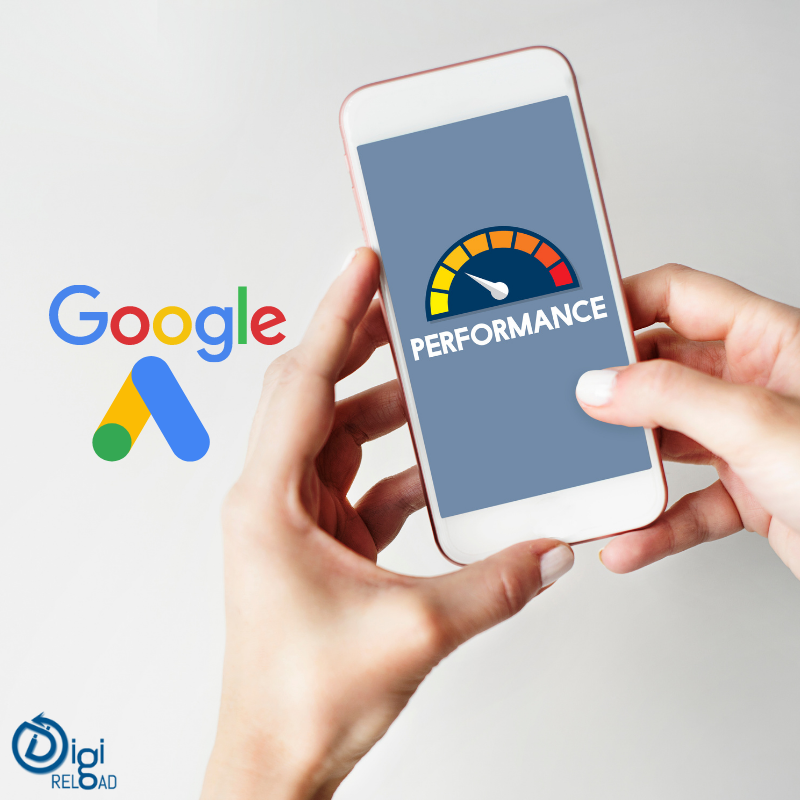


.png)